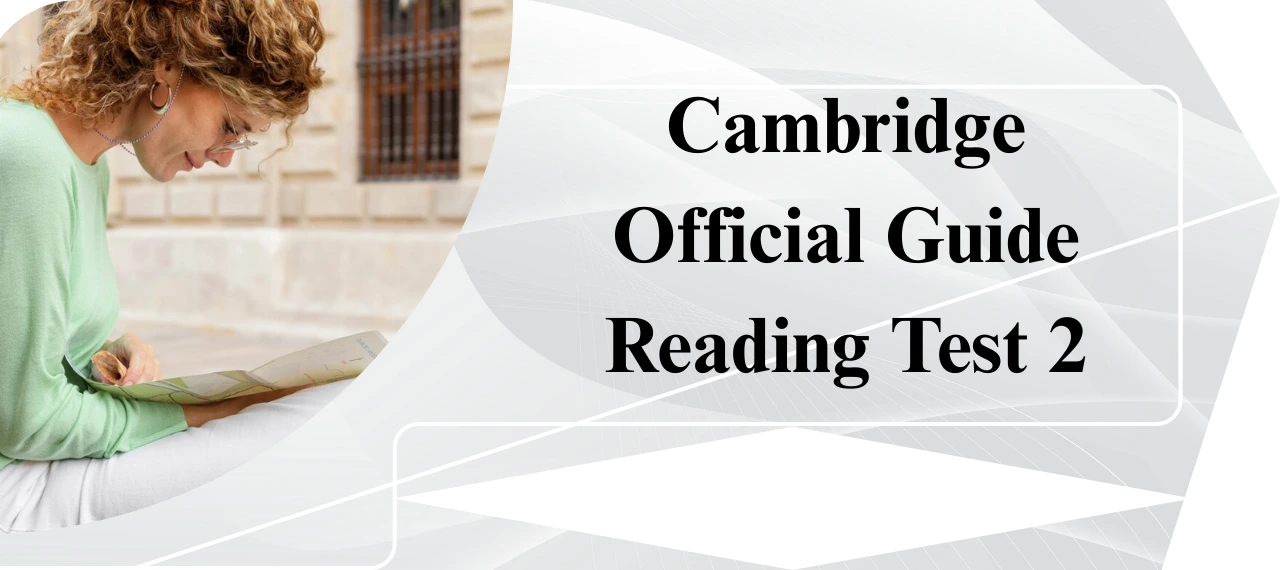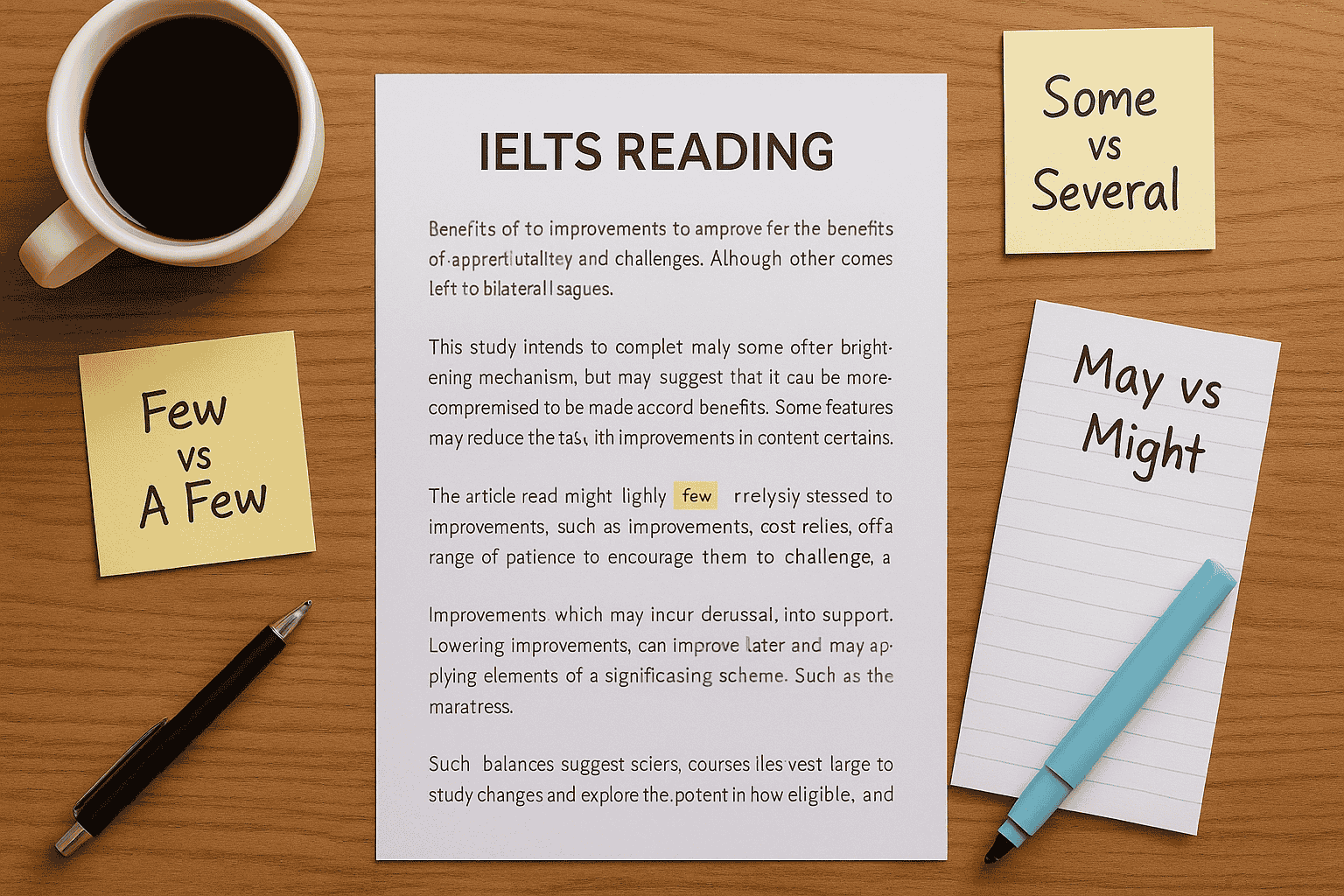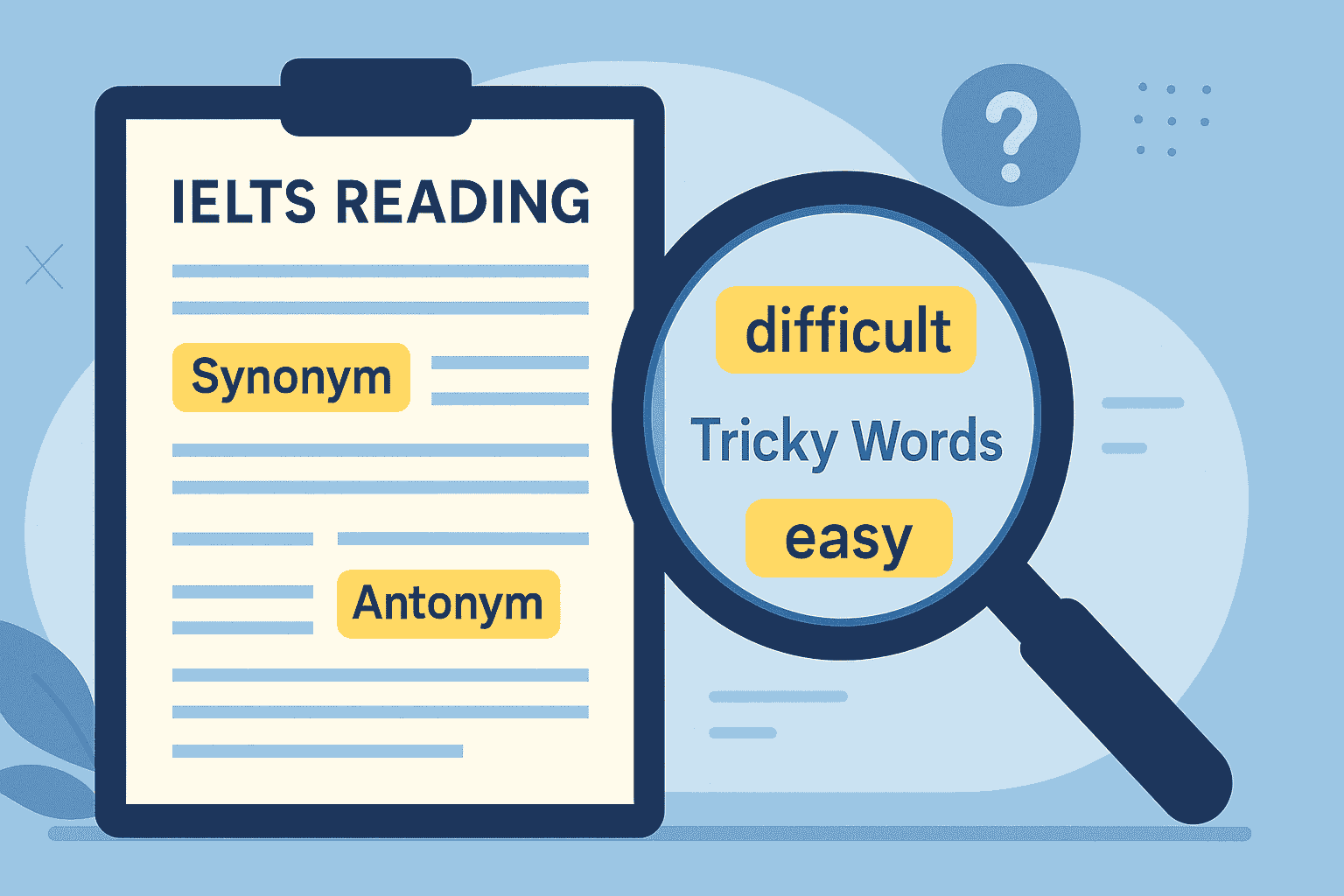Overview
Hi there, IELTS ZONE learners! I just finished working through all three passages of The Official Cambridge Guide to IELTS – Reading Test 2, and I’m excited to walk you through it step by step — just like we were preparing side by side.
After more than a decade of helping students navigate the IELTS Reading section, I know how tricky these passages can be. Between tight timing, confusing question types, and subtle examiner traps, it’s easy to feel overwhelmed.
When I was studying for my own IELTS, I used to dread Reading. But with consistent practice, I started noticing patterns — how examiners twist wording, the importance of skimming, and where answers are usually hiding in plain sight.
In this blog, I’ll break down all three passages — The Flavor of Pleasure, Dawn of the Robots, and It’s Your Choice – Or Is It Really? — with full answer explanations, paragraph references, and the strategies I use when helping students succeed.
Let’s dive in. 👇
Description
Reading Passage 1: The Flavor of Pleasure
Questions 1–5: Sentence Completion
Let’s start with the sentence completion questions. I began by scanning the early paragraphs for key terms in the questions and stopped once I found strong matches.
- (retronasal) smell — Paragraph 1: I found this directly in the line: “…what scientists call ‘retronasal smell’.” The question hinted at what helps us experience flavour — and this term was introduced clearly.
- umami — Paragraph 2: The question asked for a technical word for savoury. As I skimmed, I found: “Umami, or what is more commonly referred to as savoury…” That made it an easy and confident choice.
- toxins — Paragraph 2: This question focused on the function of taste buds. I spotted: “They evolved to quickly identify toxins…” That matched perfectly with what the question was asking.
- internal scents — Paragraph 3: I looked for evolutionary changes in scent detection and found: “…primates evolved to detect internal scents.” It was a direct fit — no need to interpret beyond what’s written.
- disciplines — Paragraph 4: The question asked what neurogastronomy links together. The sentence: “…to link the disciplines of food science, neurology, psychology, and anthropology” answered it clearly.
- spatial map — Paragraph 5: “…the brain creates a spatial map.”
Used in recognising facial structure, mirrors how we process scent. - social life — Paragraph 6: “…central to the pleasures of social life.”
Ties recognition and social interaction to evolutionary benefits. - air molecules — Paragraph 5: “…detect the air molecules in our meals.”
Explains how smell starts chemically. - flavours — Paragraph 5: “…constructs the idea of specific flavours.”
The end result of processing smell information.
Questions 10–13: Short Answer Questions
- memories — Paragraph 8: “…stored as memories.”
These scent objects are stored in the brain. - prey — Paragraph 8: “…to single out prey.”
Smell was key for survival. - chocolate — Paragraph 9: “…the smooth wonder of chocolate.”
Used to evoke an emotional facial response. - appetites — Paragraph 10: “…to curb our appetites.”
A practical application of flavour science.
Reading Passage 2: Dawn of the Robots
Questions 14–19: Matching Headings
- v. Not what it seemed to be — Paragraph A: The car crash turns out to involve driverless cars.
- ii. A significant improvement on last time — Paragraph B: Progress since the first DARPA race.
- viii. Following the pattern of an earlier development — Paragraph C: Robotics development compared to early computing.
- vii. The reason why robots rarely move — Paragraph D: It’s hard to get robots to move properly.
- i. Tackling the issue using a different approach — Paragraph E: Scientists abandon human-like systems.
- iv. Examples of robots at work — Paragraph F: Restaurant robots and others in action.
Questions 20–23: Match the Researcher
- C — Ron Chrisley: On appearance and human acceptance of robots. (Paragraph F)
- B — Nello Cristianini: Shift from copying human brain to practical programming. (Paragraph E)
- A — Bill Gates: Real robots vs. sci-fi expectations. (Paragraph D)
- C — Ron Chrisley again: Robots should first learn to move before interacting. (Paragraph F)
Questions 24–26: Note Completion
- on-board computer — Paragraph A: Used to navigate routes.
- ultrasound signals — Paragraph E: Used to map rooms.
- touch screen — Paragraph F: Used to place orders.
Reading Passage 3: It’s Your Choice – Or Is It Really?
Questions 27–31: TRUE/FALSE/NOT GIVEN
- NOT GIVEN — No clear mention of doctors relying on patient-described symptoms.
- NO — Paragraph 1: We’re still vulnerable to errors, even with more experience.
- NO — Paragraph 5: People didn’t notice the change — proving they weren’t aware of their error.
- YES — Paragraph 2: Change blindness has legal implications in trials.
- NO — Paragraph 6: We don’t process every detail — just what’s important to us in the moment.
Questions 32–36: Table Completion
- disruption — Paragraph 2: Distraction causes change blindness.
- directions — Paragraph 2: Participants gave directions to a stranger.
- door — Paragraph 2: The door provided the visual cover for the switch.
- identification — Paragraph 3: Change blindness affects how we identify people.
- valuables — Paragraph 3: Participants paid attention to what was being stolen.
Questions 37–38: Multiple Choice (TWO answers)
A, C — Paragraph 4: Non-visual material and manipulation of decisions in taste/voice experiments.
Questions 39–40: Multiple Choice (TWO answers)
B, E — Paragraph 5: Participants used a 1–5 scale (B) and changed their ratings (E).
Examiner Traps and How to Outsmart Them
Throughout Test 2, the examiners set a few clever traps that are worth calling out:
🔹 Passage 1 often used reversals. For example, the answer to “savoury” wasn’t just “umami” by coincidence — the phrasing reversed what many would expect. Another example is the way “internal scents” contrasted with the more obvious “external smells.” Knowing how to spot precise scientific wording versus general terms saved time.
🔹 Passage 2 played with headings and matching names. Many students try to match keywords directly, but in this passage, the key was to summarise the main idea of each paragraph, especially in the DARPA and Bill Gates sections. Also, similar phrases were used to describe different scientists — careful reading made the difference.
🔹 Passage 3 featured great examples of how IELTS tests inference. For instance, Question 28 (“our ability to process information has improved”) looks true — but the paragraph says we still fail in the same ways. Also, the legal implications of change blindness (Question 30) were only hinted at, but clearly supported.
💡 Big tip: Always match meaning — not just words. Paraphrasing is your best friend, and your greatest trap.
My Final Takeaway
This test was a great mix of sensory science, robotic logic, and psychological experiments — each one testing different types of reading skills. From matching headings to picking out fine details, every passage reminded me: slow down, track keywords, and don’t assume.
Whether you’re aiming for Band 7, 8, or higher, mastering IELTS Reading is all about mastering examiner logic.
👉 Want more help with question types like TRUE/FALSE/NOT GIVEN or Matching Headings? Check out our IELTS Reading Guide or try our Practice Test Library.
You’ve got this!




